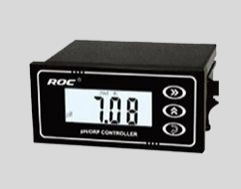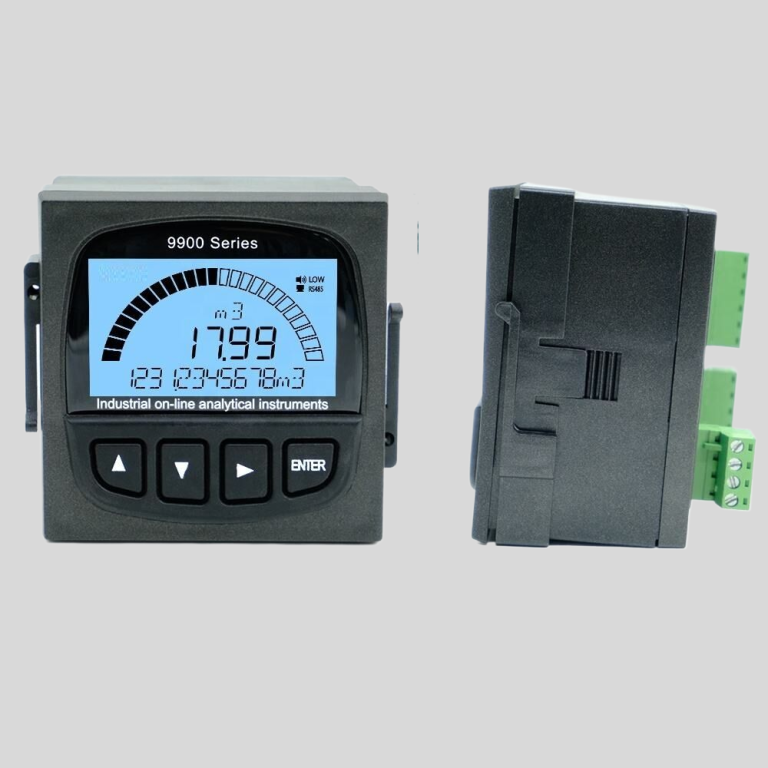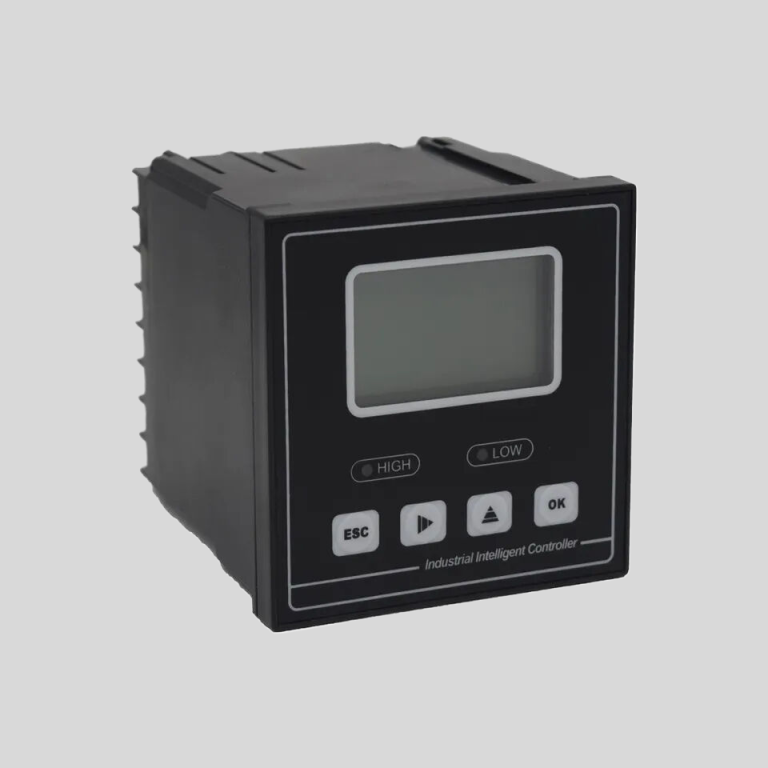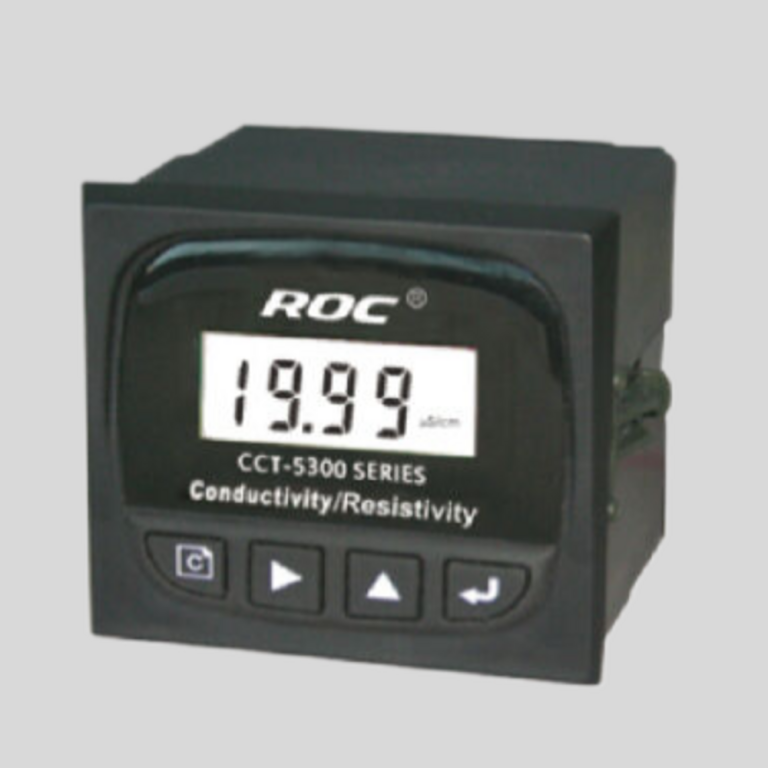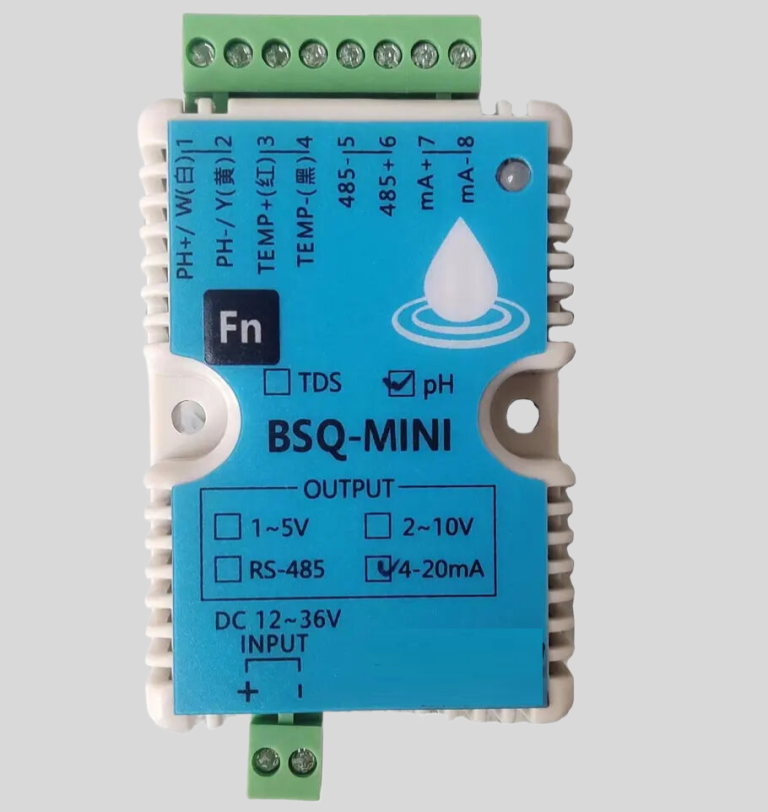Table of Contents
Using turbidity sensor with Raspberry Pi for Water Quality Monitoring
Water quality monitoring is essential for ensuring the safety and health of our communities. One important parameter to measure in water quality is turbidity, which refers to the cloudiness or haziness of a fluid caused by suspended particles. Turbidity can be an indicator of water quality, as high levels of turbidity can indicate the presence of contaminants or pollutants in the water.
One way to monitor turbidity in water is by using a turbidity sensor. These sensors work by measuring the amount of light that is scattered or absorbed by particles in the water. The data collected by the sensor can then be used to determine the turbidity of the water.
One popular platform for building water quality monitoring systems is the Raspberry Pi. The Raspberry Pi is a small, affordable computer that can be used for a variety of projects, including environmental monitoring. By connecting a turbidity sensor to a Raspberry Pi, you can create a low-cost, customizable water quality monitoring system.
To use a turbidity sensor with a Raspberry Pi, you will need to first connect the sensor to the Raspberry Pi. Most turbidity sensors have a digital output that can be connected to one of the GPIO pins on the Raspberry Pi. You will also need to install any necessary software or libraries to interface with the sensor and collect data.
Once the sensor is connected and the software is installed, you can begin collecting data on water turbidity. The Raspberry Pi can be programmed to take readings at regular intervals and store the data for analysis. You can also set up alerts or notifications to be sent if the turbidity levels exceed a certain threshold.
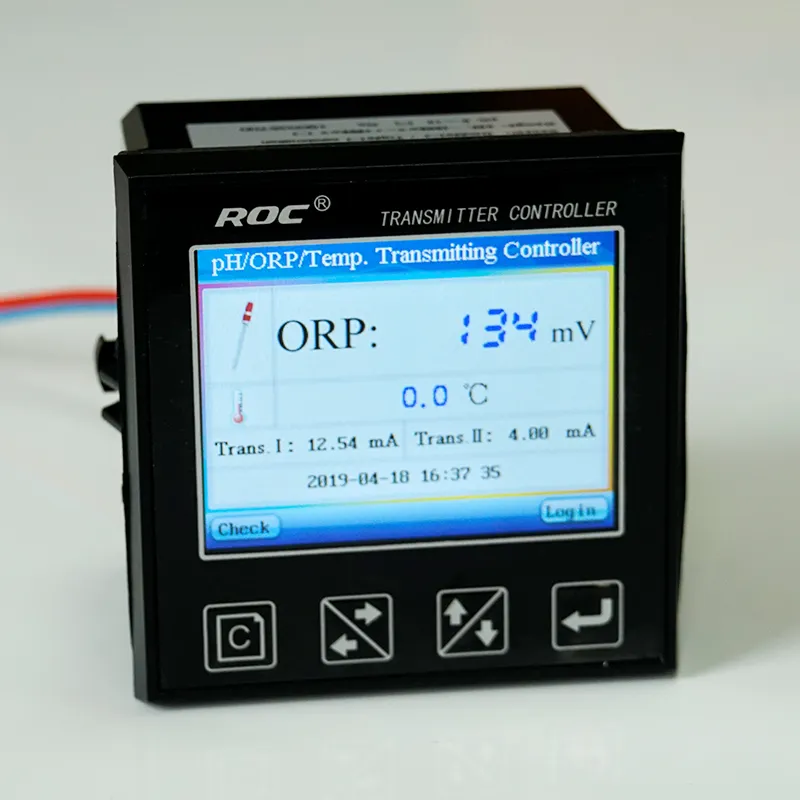
One advantage of using a Raspberry Pi for water quality monitoring is the ability to easily customize and expand the system. You can add additional sensors to measure other parameters, such as pH or temperature, and integrate the data into a single monitoring platform. This flexibility allows you to tailor the system to meet the specific needs of your monitoring project.
Another benefit of using a Raspberry Pi for water quality monitoring is the ability to access and analyze the data remotely. By connecting the Raspberry Pi to the internet, you can view real-time data and receive alerts from anywhere with an internet connection. This remote monitoring capability is especially useful for monitoring water quality in remote or hard-to-reach locations.
In conclusion, using a turbidity sensor with a Raspberry Pi for water quality monitoring is a cost-effective and customizable solution. By connecting a turbidity sensor to a Raspberry Pi, you can create a versatile monitoring system that can be tailored to meet the specific needs of your project. The ability to access and analyze data remotely makes this system ideal for monitoring water quality in a variety of settings. Whether you are monitoring water quality in a community water supply or conducting research in a remote field site, a Raspberry Pi-based monitoring system can provide valuable data to help ensure the safety and health of our water resources.
DIY turbidity sensor Project with Raspberry Pi for Environmental Monitoring
Turbidity is a key parameter in water quality monitoring, as it measures the cloudiness or haziness of a fluid caused by suspended particles. High turbidity levels can indicate pollution or sediment runoff, making it crucial for environmental monitoring efforts. One way to measure turbidity is by using a turbidity sensor, which can be easily integrated into a DIY project with a Raspberry Pi.
Raspberry Pi is a versatile and affordable single-board computer that can be used for a wide range of projects, including environmental monitoring. By connecting a turbidity sensor to a Raspberry Pi, you can create a powerful tool for monitoring water quality in real-time.
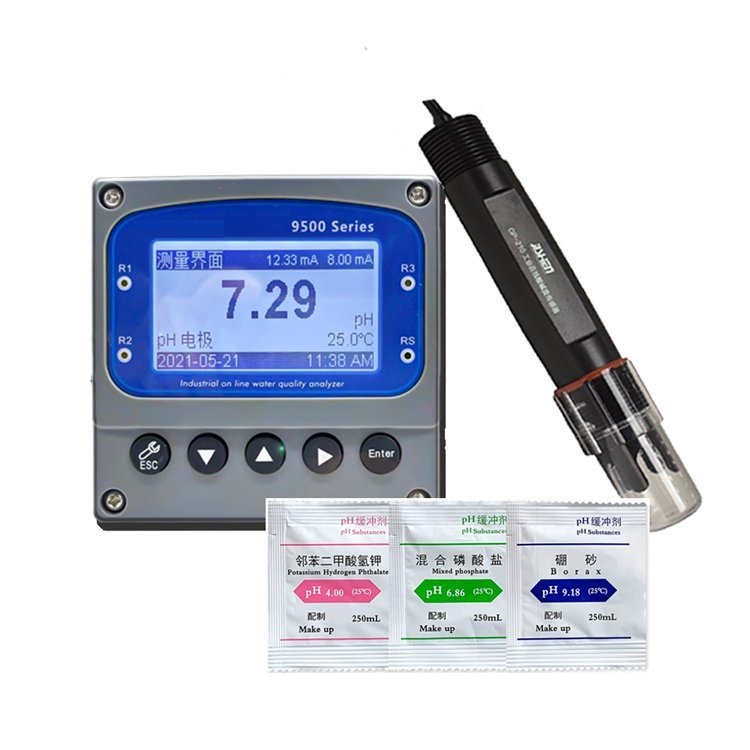
To build a turbidity sensor project with Raspberry Pi, you will need a turbidity sensor, a Raspberry Pi board, jumper wires, and a power source. The turbidity sensor typically consists of an LED light source and a photodetector, which measures the amount of light that is scattered or absorbed by suspended particles in the water.
To connect the turbidity sensor to the Raspberry Pi, you will need to use jumper wires to connect the sensor’s output pins to the GPIO pins on the Raspberry Pi. You will also need to install the necessary software on the Raspberry Pi to read the sensor data and display it on a monitor or log it to a file for further analysis.
Once you have set up the hardware and software for your turbidity sensor project, you can begin monitoring water quality in real-time. The Raspberry Pi can be programmed to take readings at regular intervals and display the turbidity levels on a graph or dashboard. This data can be used to track changes in turbidity over time and identify trends or patterns that may indicate pollution or other environmental issues.
| CCT-3300 | ||||
| Constant | 10.00cm-1 | 1.000cm-1 | 0.100cm-1 | 0.010cm-1 |
| Conductivity | (500~20,000) | (1.0~2,000) | (0.5~200) | (0.05~18.25) |
| μS/cm | μS/cm | μS/cm | MΩ·cm | |
| TDS | (250~10,000) | (0.5~1,000) | (0.25~100) | —— |
| ppm | ppm | ppm | ||
| Medium Temp. | (0~50)℃(Temp. Compensation : NTC10K) | |||
| Resolution | Conductivity: 0.01μS/cm;0.01mS/cm | |||
| TDS: 0.01ppm | ||||
| Temp.: 0.1℃ | ||||
| Accuracy | Conductivity:1.5%(FS) | |||
| Resistivity: 2.0%(FS) | ||||
| TDS:1.5%(FS) | ||||
| Temp:±0.5℃ | ||||
| Analog Output | Single isolated(4~20)mA,instrument/transmitter for selection | |||
| Control Output | SPDT relay,Load Capacity: AC 230V/50A(Max) | |||
| Working Environment | Temp: (0~50)℃;Relative humidity: ≤85%RH(none condensation) | |||
| Storage Environment | Temp:(-20~60)℃; Relative humidity ≤85%RH(none condensation) | |||
| Power Supply | DC 24V/AC 110V/AC 220V±15%(for selection) | |||
| Dimension | 48mm×96mm×80mm (H×W×D) | |||
| Hole Size | 44mm×92mm (H×W) | |||
| Installation | Panel mounted, fast installation | |||
One of the key advantages of using a Raspberry Pi for environmental monitoring is its flexibility and scalability. You can easily expand your project by adding additional sensors, such as pH or temperature sensors, to create a more comprehensive water quality monitoring system. The Raspberry Pi can also be connected to the internet, allowing you to access your sensor data remotely and share it with others.
| Controller type | ROC-7000 Single-stage/Double-stage Reverse osmosis control integrated system | |||||
| Cell constant | 0.1cm-1 | 1.0 cm-1 | 10.0cm-1 | |||
| Conductivity measurement parameters | Raw water conductivity | (0~2000) | (0~20000) | |||
| Primary conductivity | (0~200) | (0~2000) | ||||
| Secondary conductivity | (0~200) | (0~2000) | ||||
| Temperature compensation | Automatic compensation on the basis of 25 ℃ ,compensation range(0~50)℃ | |||||
| Accuracy | Matched precision:1.5 level | |||||
| Flow measurement range | Instantaneous flow | (0~999)m3/h | ||||
| Accumulative flow | (0~9999999)m3 | |||||
| pH | Measurement range | 2-12 | ||||
| measurement parameters | Accuracy | ±0.1pH | ||||
| Temperature compensation | Automatic compensation on the basis of 25 ℃ ,compensation range(0~50)℃ | |||||
| DI acquisition | Input signal | Low pressure switch of Tap water,high level of pure water tank, low level of pure water tank, low pressure switch before the pump, high pressure switch after the primary booster pump,high level of secondary pure water tank, low level of secondary pure water tank,high pressure switch after the secondary booster pump | ||||
| Signal Type | Passive switch contact | |||||
| DO Control | Control output | Inlet valve, primary flush valve, primary drain valve, antiscalant pump, raw water pump, primary booster pump, secondary booster pump, secondary flush valve, secondary drain valve, pH adjustment metering pump. | ||||
| Electrical contact | Relay(ON/OFF) | |||||
| Load capacity | 3A(AC 250V)~ 3A(DC 30V) | |||||
| Display screen | Screen color:TFT;resolution:800×480 | |||||
| Working power | Working power | DC 24V±4V | ||||
| Power consumption | ≤6.0W | |||||
| Working environment | Temperature:(0~50)℃;Relative humidity:≤85%RH(non condensation) | |||||
| Storage environment | Temperature:(-20~60)℃;Relative humidity:≤85%RH(non condensation) | |||||
| Installation | Panel mounted | Hole(Length×Width,192mm×137mm) | ||||
Overall, a DIY turbidity sensor project with Raspberry Pi is a cost-effective and accessible way to monitor water quality and contribute to environmental conservation efforts. By harnessing the power of technology and innovation, individuals can make a positive impact on their local environment and help protect natural resources for future generations.

